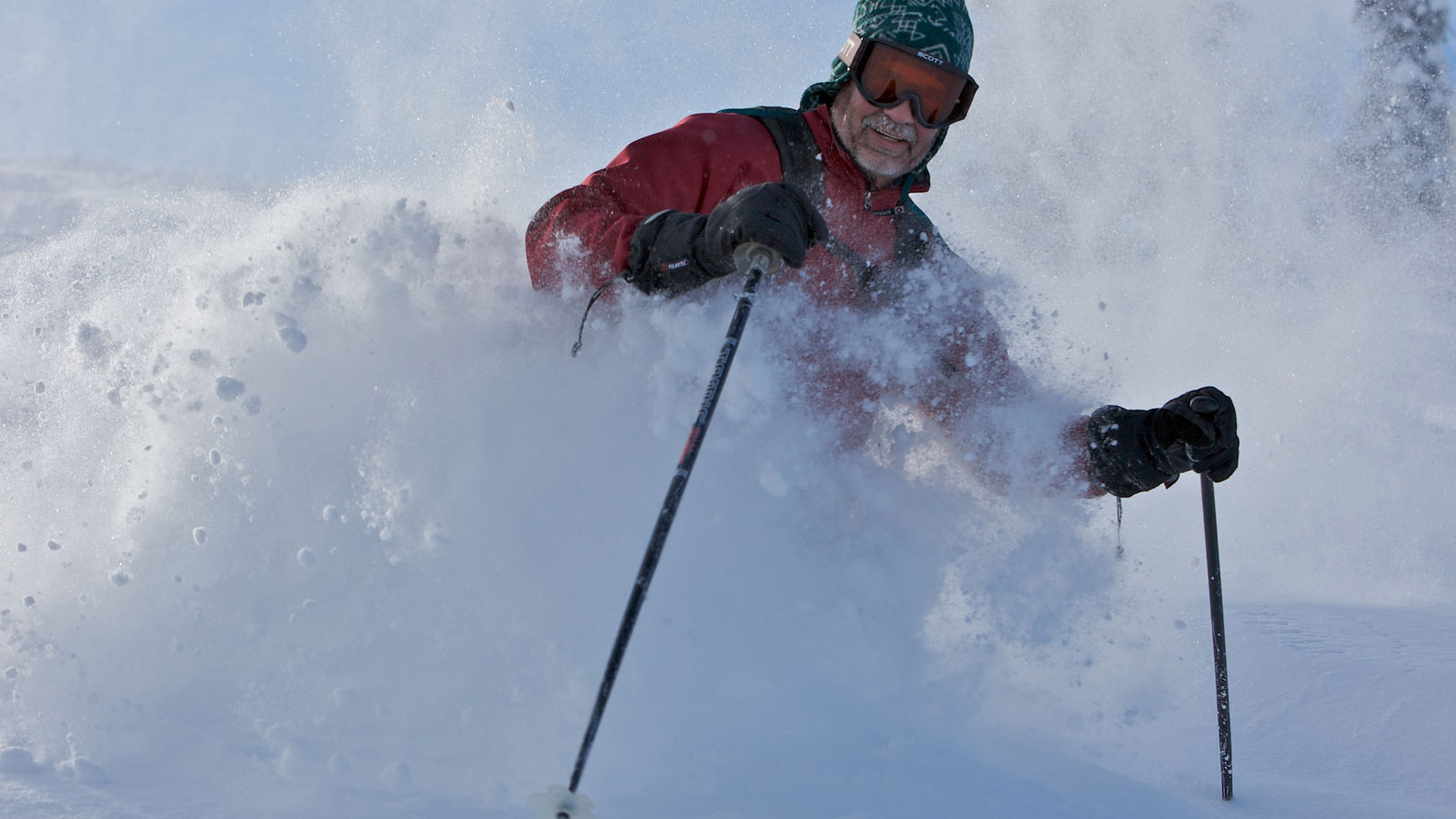Many skiers enjoy Utah’s light, fluffy snow. The state claims to have the greatest snow on Earth.
“Skiers tend to like plowing through this waist-deep or knee-deep powder because it’s soft. It’s easy to fall in,” says Jordan Smith, director of the Institute of Outdoor Recreation and Tourism at Utah State University.
He says as the climate changes, Utah’s snow is changing, too, in quantity and quality.
His team reviewed about 40 years of temperature data. They found that many Utah resorts are warming even faster than global averages. And daily low temperatures are rising faster than daily highs during the ski season, so it’s just not getting as cold.
When temperatures warm, the atmosphere holds more moisture.
“And as a result, you get more moisture in the snow,” Smith says.
That makes the snow wetter and denser. And as the climate warms, there’s less of it.
“We used to have pretty consistent snowfall in the middle of November, and now it’s kind of pushing back towards Thanksgiving,” he says.
To open early, resorts often make artificial snow, but that’s not an option if it’s too warm outside.
So although Utah remains a premiere ski destination, skiers may find that the snow is getting wetter and the season shorter.
Reporting credit: ChavoBart Digital Media
Source link


